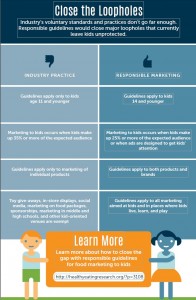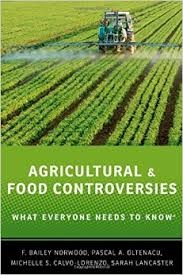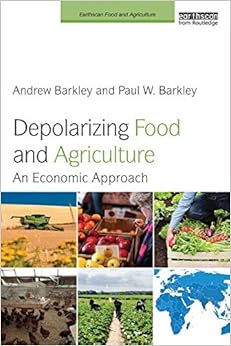The Institute of Medicine has just released A Framework for Assessing Effects of the Food System.
The report is enormous (my paper copy weighs more than 5 pounds) and it is about as wonky as these things get.
It’s underlying purpose is buried in the Preface.
The U.S. food system provides a remarkably varied food supply to the U.S. consumer at lower cost than nearly anywhere else in the world. Many are concerned, however, that the cost of food in the marketplace may not reflect its true cost. Some of the costs of food production and distribution are not reflected in the marketplace price of food but are “externalized,” borne by other aspects of the health, environmental, and social domains of our society.
This report is about how to establish a basis for calculating the true cost of industrial food production.
The committee did not actually calculate such costs. The report just says what researchers need to consider when making such calculations.
Even without having done that work, the report is a fabulous resource for understanding the the effects of the US food system on health, economics, the environment, and society.
It establishes the framework and explains how to use it:
- Recognize effects across the entire food system
- Consider all effects
- Account for complexities
- Choose appropriate methods
Reading through this takes some doing. Here, for example, is what it says about using the framework:
The framework provides a set of design considerations for planning an assessment of the food system across the domains of health, environmental, social, and economic effects. It invites the user to think explicitly about system boundaries, dynamics, heterogeneity across space and populations, and the range of driving forces that shape food system outcomes…What this framework suggests is that all else does not remain equal and that any meaningful assessment must consider the likely and unintended consequences of proposed change for the status quo when its performance is in question.
The report gives specific examples of how the framework works for examining the effects of advice about eating fish or fruits and vegetables or changing the way hens are caged.
An Epilogue has some concluding thoughts. Some selected examples:
- Comprehensive studies of food systems that use all principles of the committee’s framework are rare in published literature.
- Policies or actions that aim for an outcome in one domain of the food system (e.g., health) can have consequences not only in the same domain, but also in other ones (e.g., environmental, social, and economic domains.
- Even though major improvements in the U.S. food system have resulted in the past from the introduction of new technologies, needed future improvements in the system may not be achievable solely through technological innovation and may require more comprehensive approaches that incorporate non-technological factors to reach long-term solutions.
The report ends with some recommendations, among them:
- The committee recommends that Congress and federal agencies continue funding and supporting the collection (and improvement) of federally supported datasets that can be used for food system assessment studies along with consideration to creating new data collection programs as priorities arise.
- The committee also notes the need to build human capacity in the field of systems science research.
- The committee intends the report to stimulate broad thinking about the consequences of food system policies and actions beyond a single dimension.
OK food system analysts: get to work. Find out what industrial food production really costs—economically, socially, and environmentally.
Here are the documents:


 These are undoubtedly too small for you to read and, in any case, are written so tentatively—they do not use the word “should”—that they require translation. Here’s mine:
These are undoubtedly too small for you to read and, in any case, are written so tentatively—they do not use the word “should”—that they require translation. Here’s mine:

